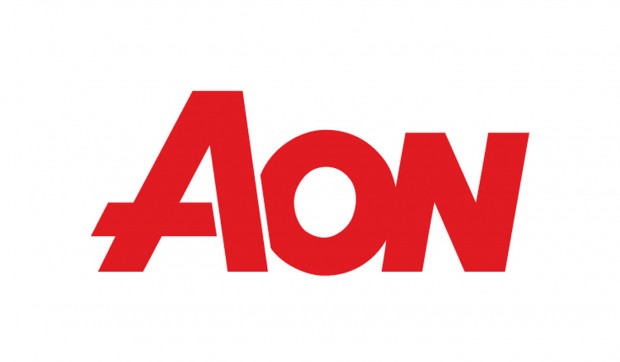Aon Benfield, the global reinsurance intermediary and capital advisor of Aon plc, has announced the release of its 2014 Homeowners ROE Outlook report, which sees trends emerging that support a positive profit outlook in the homeowners line.
The report reviews industry aggregate state-level statutory financial filing information along with rate filings and supporting actuarial information for the 20 top homeowners insurance groups by state.
It concludes that insurers’ prospective after-tax return-on-equity (ROE) for homeowners insurance is 7.9 percent on a countrywide average, up from 4.6 percent in 2013, and 11.8 percent excluding Florida, up from 8 percent last year.
The improvement is driven by continued positive activity in primary rates, a decline in the estimated catastrophe loss ratio resulting from updates to the vendor catastrophe models used in the study and a reduction in the cost of reinsurance capital available to primary insurers, according to a company statement.
The study reveals that over the past 18 months positive rate momentum was maintained, as insurers’ approved rate changes in U.S. homeowners lines averaged an increase of above 7 percent compared to the 7.7 percent seen in the prior period.
Industry premium change from 2010 to 2013 showed strong growth for the homeowners line, according to the report. Midwest and Tornado Alley states achieved the largest premium increases, with many exceeding 20 percent, and only Hawaii experienced an overall premium decrease over the three-year interval.
“Given the current market dynamics, we view the overall outlook for the U.S. homeowners line of business to be encouraging,” Parr Schoolman, Aon Benfield’s global risk and capital strategy team leader, said in a statement. “Positive rate momentum was maintained in the period under review, and when viewed alongside positive factors such as a general reduction in the cost of reinsurance for primary insurers, the expected ROE for insurers in this line of business continues to improve. While rate activity is still required in some states, the number of states at or near rate adequacy is expanding.”
Source: Aon Benfield





















 How Insurers Can Avoid Post-Merger Technology Failure
How Insurers Can Avoid Post-Merger Technology Failure  First Atlantic Hurricane Forecast for 2026 Suggests Season Close to 30-Year Norm
First Atlantic Hurricane Forecast for 2026 Suggests Season Close to 30-Year Norm  Underwriter, Actuary Fears of AI Drop; Work Needed on Collaboration
Underwriter, Actuary Fears of AI Drop; Work Needed on Collaboration  Artificial Intelligence Is Rewriting the Rules for Commercial Lines
Artificial Intelligence Is Rewriting the Rules for Commercial Lines 

